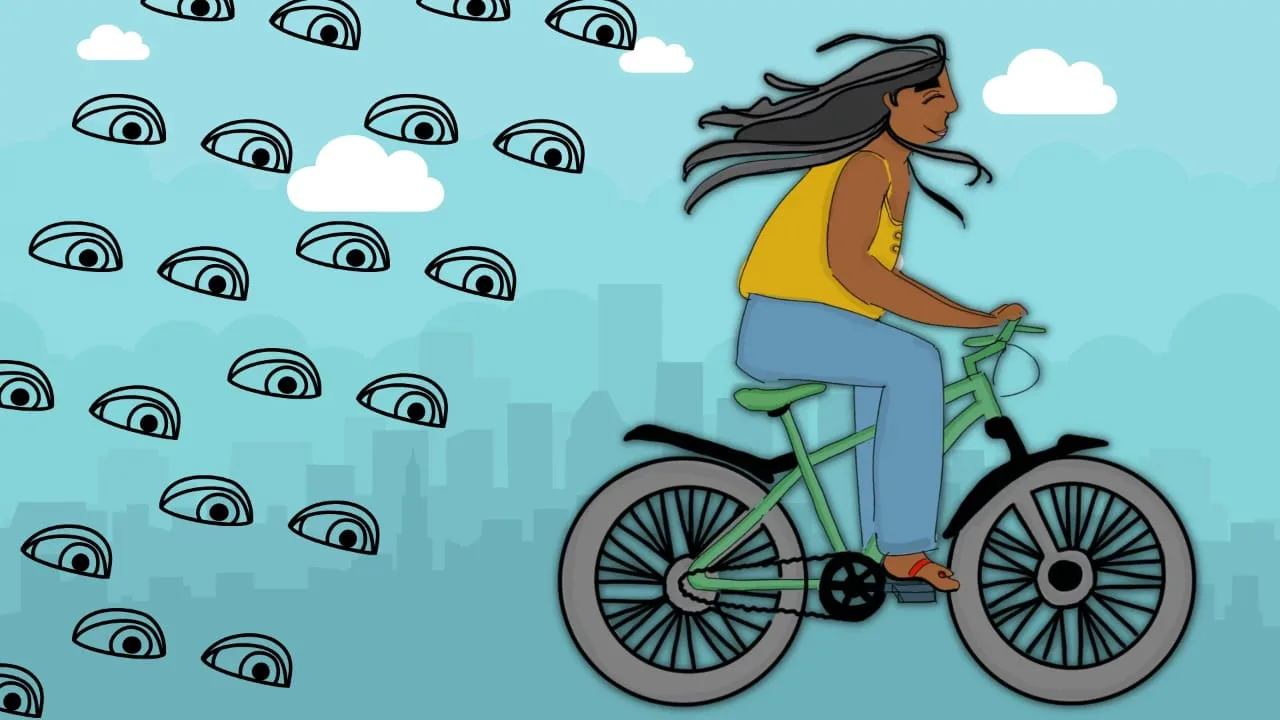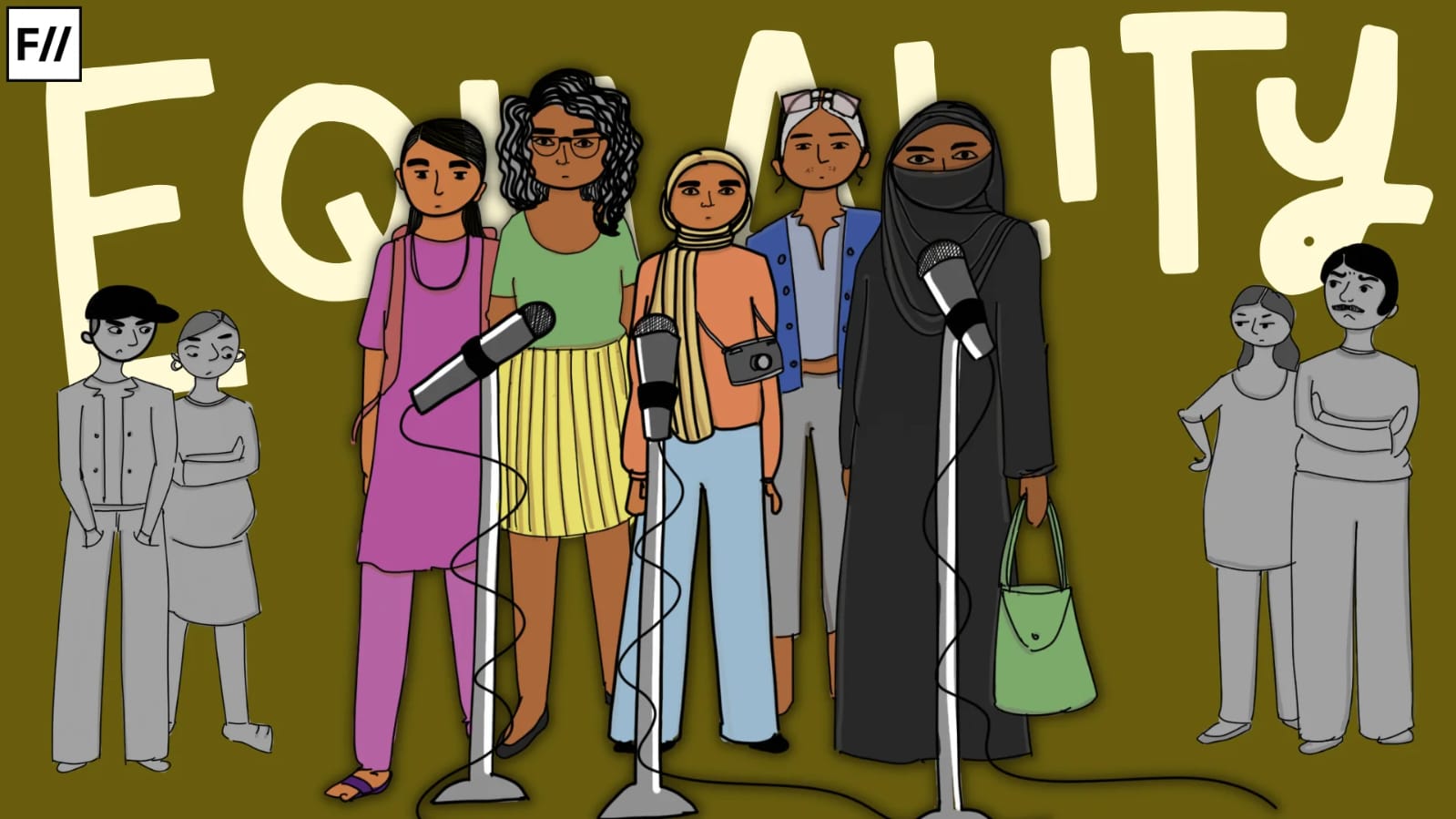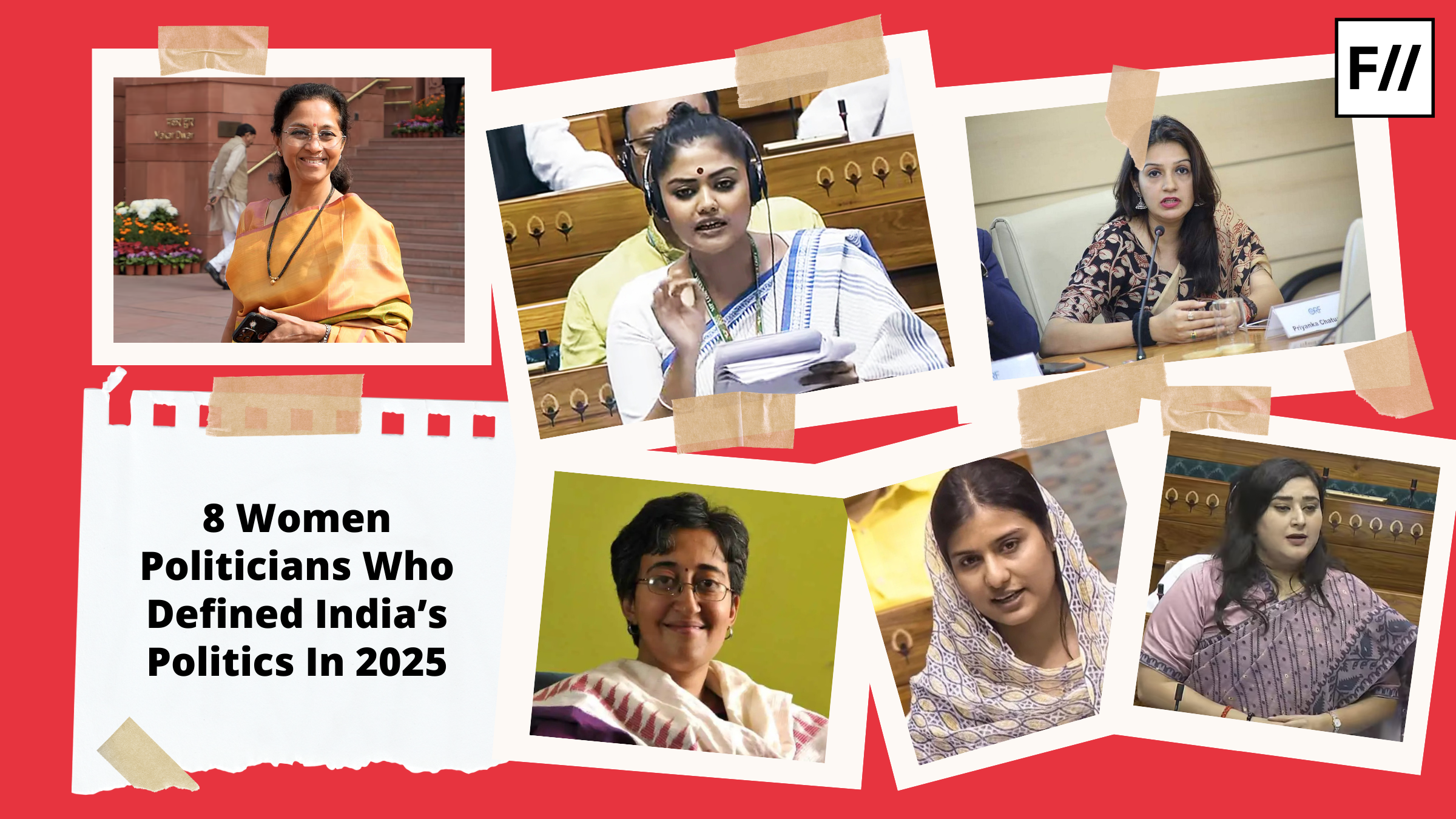How safe are Indian cities for women? When women walk into a public space, a lot of things run through their minds. For women, navigating public space is akin to a spy film, where they have to size up their surroundings: the time of day, number of people around them, easy ways to exit, and so on. Be it an open space, a mall, or public transport, a lot of factors need to be considered when they step outside. As it turns out, such behaviour is not very uncommon and not limited to some women but widespread among women in our cities. According to the NARI report published this year, 40% of women feel unsafe in cities.
The National Annual Report and Index on Women’s Safety (NARI) is released by the National Commission for Women (NCW). NCW chairperson Vijaya Rahatkar released NARI 2025 in Delhi on Thursday, 28th August 2025. Going beyond mere numbers, the survey asked women to rate their feeling of safety in various locations. In this regard, they surveyed 12,770 women across 31 cities. The average nationwide score for safety was 65%, and cities were ranked based on this metric — much above, above, below, or much below the national standard.
NARI Report: What factors determine women’s safety in cities in India?
According to this year’s report, the ten safest cities for women are Kohima, Visakhapatnam, Bhubaneswar, Aizawl, Gangtok, Itanagar, Mumbai, Hyderabad, Bengaluru and Ahmedabad. The highest-ranked city, Kohima, has a rating of 82.9%, significantly above the national average. This is attributed to active citizen participation, creating a community structure that promotes shared responsibility and inclusivity. Visakhapatnam is the second-highest ranked city, with a rating of 79.5% due to its policing measures, active surveillance systems and reliable infrastructure.
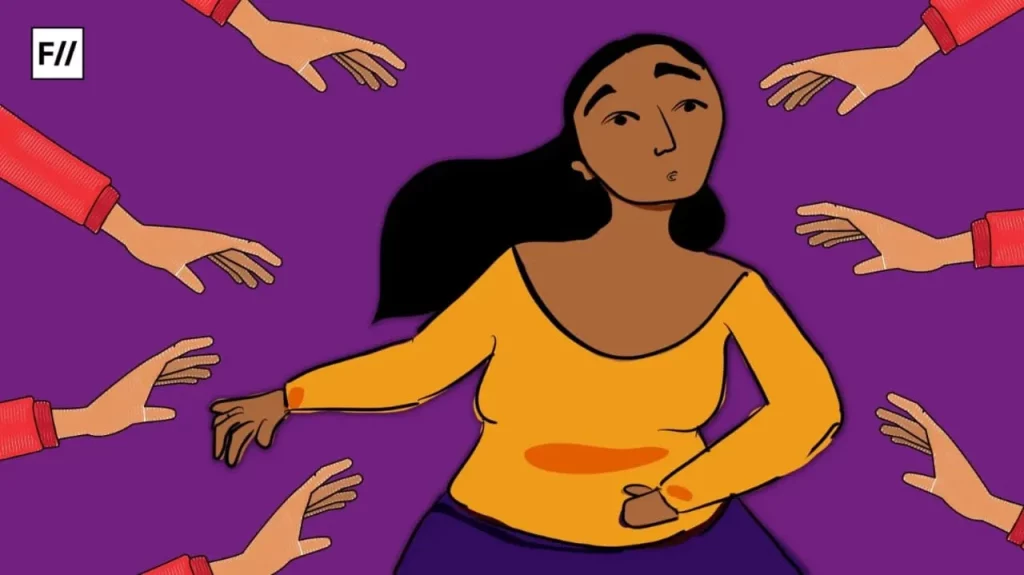
Other cities which have ranked above the national average in NARI report include similar reasons: civic engagement, robust infrastructure, effective policing and surveillance systems, urban planning, inclusive governance, and responsive law enforcement. On the other hand, the bottom ranks are occupied by Patna, Jaipur, Faridabad, Delhi, Kolkata, Srinagar, and Ranchi. While Ranchi has a score of about 44%, Delhi and Faridabad rank around 42%.
While six in ten women felt safe in their cities, various factors impacted the ratings, differing based on the time of day and the location (workplace, public transport, neighbourhoods). During the daytime, 86% of women reported feeling safe, especially in institutions and workplaces but this fell significantly at night. This sense of vulnerability at night was especially worse in neighbourhood streets and public transportation.
While the efficiency of the factors taken into consideration for safer cities is what contributed to women’s feeling of safety, the inefficiency in those very mechanisms caused weaker scores for lower-ranked cities. Limited responsiveness from law enforcement, lack of effective policing, poor urban planning, patriarchal norms, and fractured infrastructure contributed to women feeling more vulnerable in these cities.
When and where do women feel unsafe?
While six in ten women felt safe in their cities, various factors impacted the ratings, differing based on the time of day and the location (workplace, public transport, neighbourhoods). During the daytime, 86% of women reported feeling safe, especially in institutions and workplaces but this fell significantly at night. This sense of vulnerability at night was especially worse in neighbourhood streets and public transportation. 91% of women reported that they felt safe at their workplace. However, nearly half of them were unaware of their employer’s POSH (Prevention of Sexual Harassment) policy, or if one even existed at their workplace. However, among those who were aware, most found it effective. This suggests that awareness is as important as, if not more important than, legislation.
The trust deficit: why women don’t report crimes
When asked about facing harassment, in 2024, 7% of women reported that they were subjected to harassment. This statistic doubled to 14% in women between the ages of 18 and 24. Neighbourhoods and public transport, with 38% and 29% of women reporting them as hotspots for harassment, were some of the unsafe areas. These experiences ranged from staring and catcalling to unwanted touching.
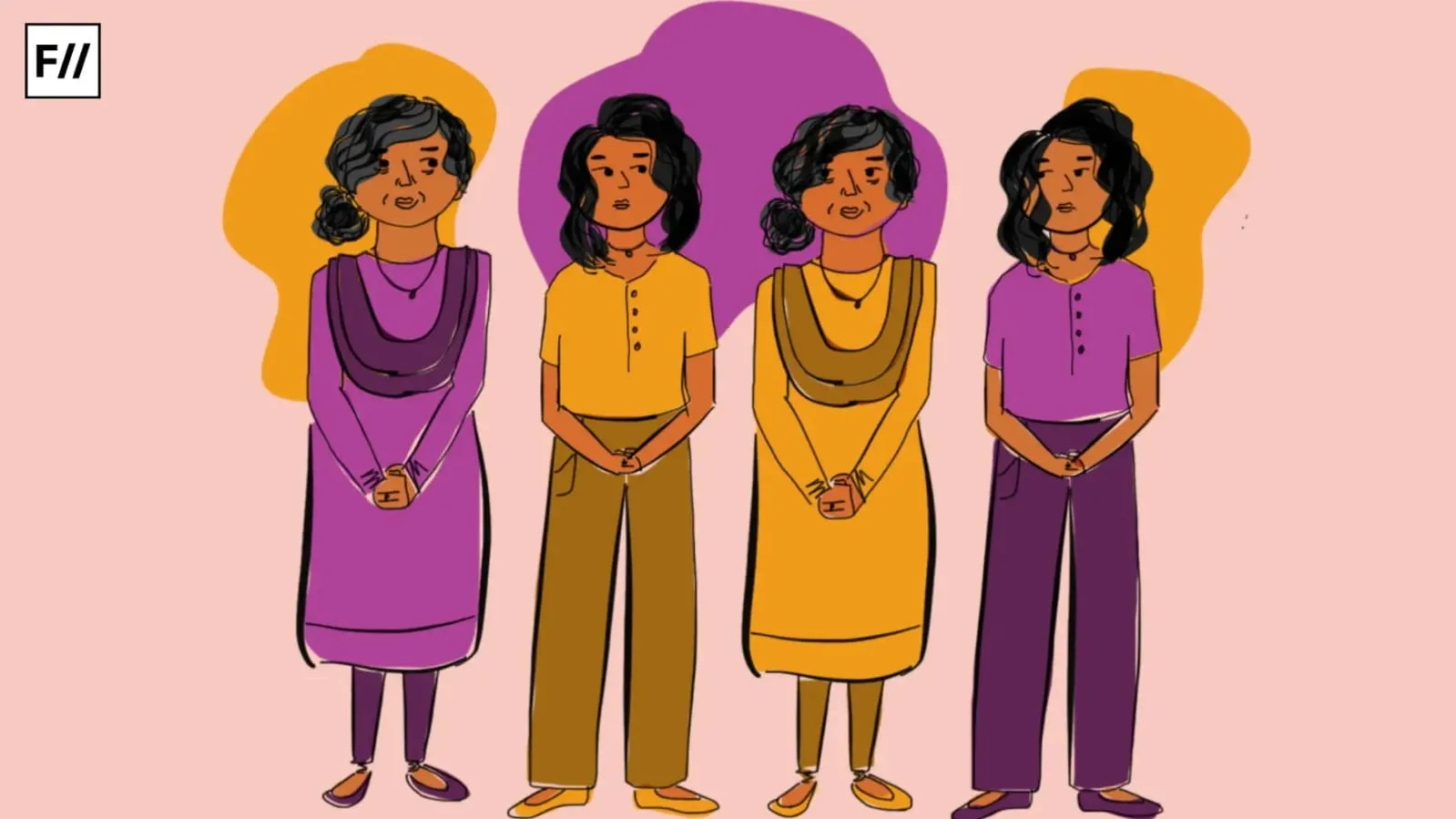
However, the NARI report says that only one-third of the women reported these incidents. Alarmingly, the number of women who reported harassment in the survey was 100 times higher than the number of cases recorded by NCRB (National Crime Records Bureau). Therefore, it is important to integrate perception-based surveys and rely not just on official crime statistics but also understand the lived experience of women.
A possible reason for the low reporting of crimes against women is their lack of trust in authorities. Only 25% of the women surveyed expressed confidence that authorities would take effective action based on their complaints. While 69% of the women found the complaint redressal mechanism to be ‘somewhat adequate’, roughly 30% of the women also pointed out serious gaps. Among the cases which are reported (which are already low, one-third), only 22% of these cases are officially registered, and of these, serious action is taken only in 16% of the cases. This reveals a toxic cycle that sustains a conducive environment of crimes against women.
NARI report’s stark findings on social costs of unsafe cities
While releasing the NARI report, Vijaya Rahatkar, the chairperson of NCW, said, ‘Safety cannot be seen merely as a law-and-order issue but as one that affects every aspect of a woman’s life, whether it is her education, health, work opportunities or freedom of movement.’ She also pointed out that women withdraw themselves from the public sphere when they feel unsafe. This is extremely troubling because it highlights the existing social condition which actively discourages participation from half of the population. By pushing women out of the public space, it limits their scope for development. It also limits their access to equal opportunity, which Rahatkar argues also limits the scope for the nation’s development.
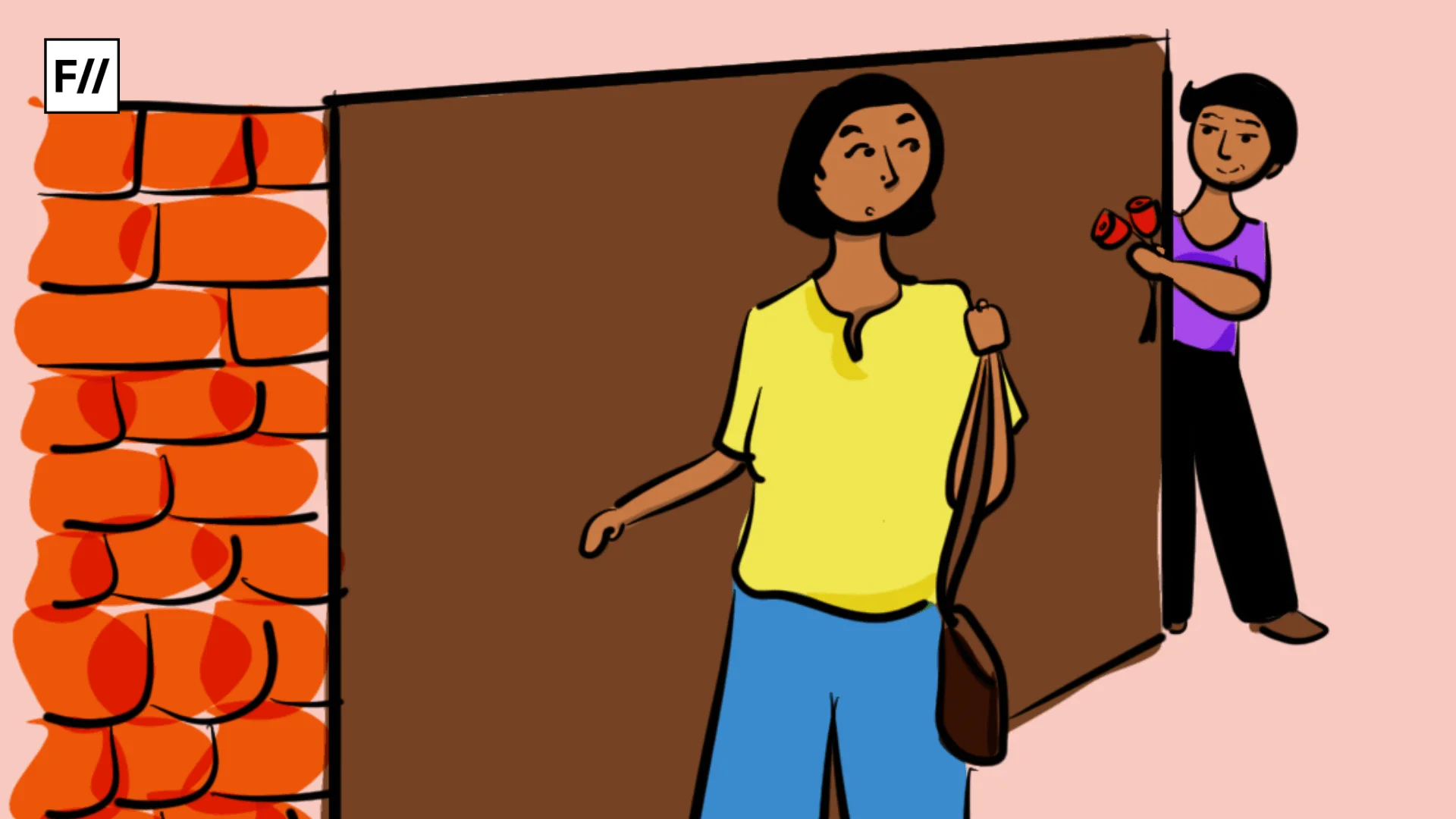
This mechanism used by women to withdraw themselves and invisibilise their presence in uncomfortable environments is a stark contrast to how confidently men can navigate public spaces. A platform ticket counter at the railway station, a music concert arena, or a queue to buy chai and samosa at a small roadside shop — these spaces create no space for women to enter. Women are either forced to push themselves and worm their way through large crowds of unapologetic men or they are sidelined entirely.
A possible reason for the low reporting of crimes against women is their lack of trust in authorities. Only 25% of the women surveyed expressed confidence that authorities would take effective action based on their complaints. While 69% of the women found the complaint redressal mechanism to be ‘somewhat adequate’, roughly 30% of the women also pointed out serious gaps.
Rahatkar highlights four dimensions of women’s safety: physical, psychological, financial, and digital. The experiences discussed previously point to a need for better infrastructure and community awareness in the physical space of cities. It is also equally important to strengthen safety in the other dimensions, especially in a world that is becoming increasingly dependent on technology.
The NARI report also acknowledged progress cities have made to ensure women’s safety, including the increased number of women as police officers and bus drivers, improved surveillance infrastructure, and women’s helplines. Chairperson Rahatkar underlined the importance of active citizen participation alongside fixing the flaws in the system. Prahallad Rout, managing director of Pvalue Analytics, hoped that this report would guide governments to further improve women’s safety. Pvalue Analytics is the company which developed the NARI index. However, it is essential to remember that mere statistics don’t dictate the safety of a city. True progress can only be achieved when women can navigate public spaces without apprehension and fear.
About the author(s)
Samhita is a final year student of English Studies at IIT Madras. She enjoys reading, and especially loves engaging with women's fiction, as part of her academic research as well. She's a huge fan of sudokus, crosswords, and all sorts of puzzles.
